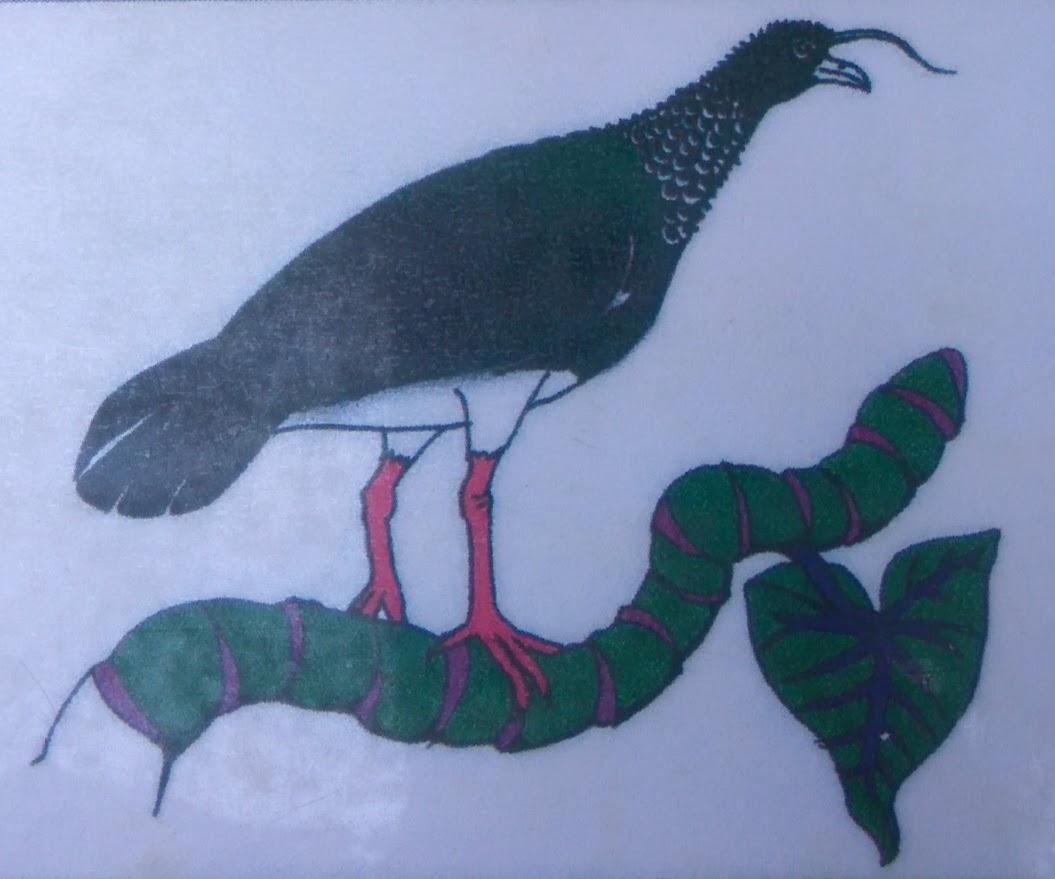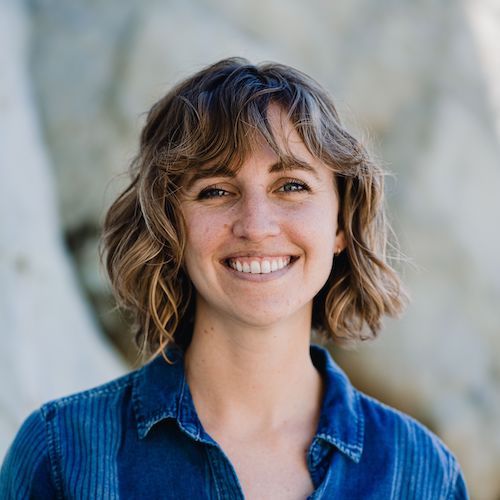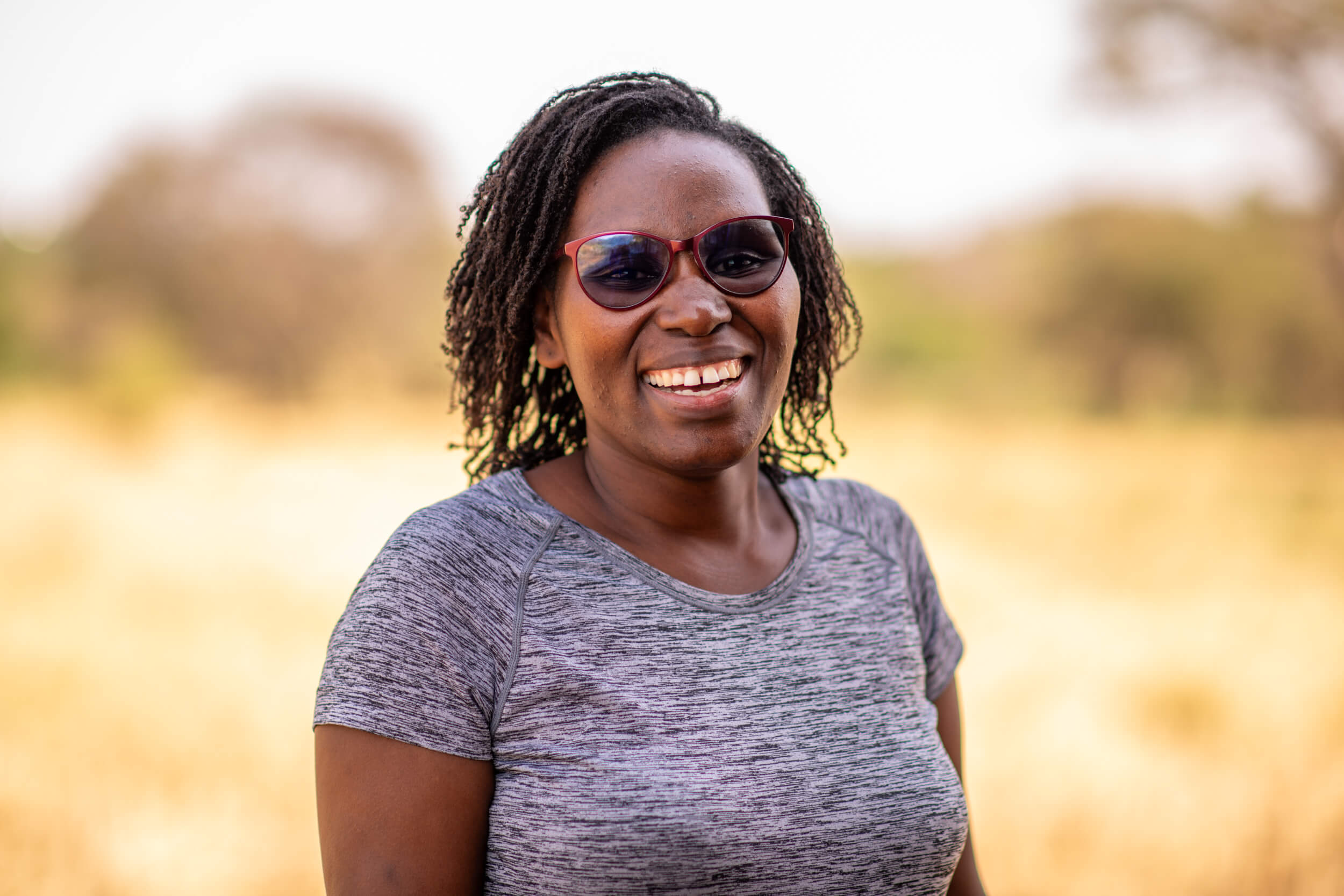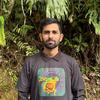With new technologies revolutionizing data collection, wildlife researchers are becoming increasingly able to collect data at much higher volumes than ever before. Now we are facing the challenges of putting this information to use, bringing the science of big data into the conservation arena. With the help of machine learning tools, this area holds immense potential for conservation practices. The applications range from online trafficking alerts to species-specific early warning systems to efficient movement and biodiversity monitoring and beyond.
However, the process of building effective machine learning tools depends upon large amounts of standardized training data, and conservationists currently lack an established system for standardization. How to best develop such a system and incentivize data sharing are questions at the forefront of this work. There are currently multiple AI-based conservation initiatives, including Wildlife Insights and WildBook, that are pioneering applications on this front.
This group is the perfect place to ask all your AI-related questions, no matter your skill level or previous familiarity! You'll find resources, meet other members with similar questions and experts who can answer them, and engage in exciting collaborative opportunities together.
Just getting started with AI in conservation? Check out our introduction tutorial, How Do I Train My First Machine Learning Model? with Daniel Situnayake, and our Virtual Meetup on Big Data. If you're coming from the more technical side of AI/ML, Sara Beery runs an AI for Conservation slack channel that might be of interest. Message her for an invite.
Header Image: Dr Claire Burke / @CBurkeSci

Explore the Basics: AI
Understanding the possibilities for incorporating new technology into your work can feel overwhelming. With so many tools available, so many resources to keep up with, and so many innovative projects happening around the world and in our community, it's easy to lose sight of how and why these new technologies matter, and how they can be practically applied to your projects.
Machine learning has huge potential in conservation tech, and its applications are growing every day! But the tradeoff of that potential is a big learning curve - or so it seems to those starting out with this powerful tool!
To help you explore the potential of AI (and prepare for some of our upcoming AI-themed events!), we've compiled simple, key resources, conversations, and videos to highlight the possibilities:
Three Resources for Beginners:
- Everything I know about Machine Learning and Camera Traps, Dan Morris | Resource library, camera traps, machine learning
- Using Computer Vision to Protect Endangered Species, Kasim Rafiq | Machine learning, data analysis, big cats
- Resource: WildID | WildID
Three Forum Threads for Beginners:
- I made an open-source tool to help you sort camera trap images | Petar Gyurov, Camera Traps
- Batch / Automated Cloud Processing | Chris Nicolas, Acoustic Monitoring
- Looking for help with camera trapping for Jaguars: Software for species ID and database building | Carmina Gutierrez, AI for Conservation
Three Tutorials for Beginners:
- How do I get started using machine learning for my camera traps? | Sara Beery, Tech Tutors
- How do I train my first machine learning model? | Daniel Situnayake, Tech Tutors
- Big Data in Conservation | Dave Thau, Dan Morris, Sarah Davidson, Virtual Meetups
Want to know more about AI, or have your specific machine learning questions answered by experts in the WILDLABS community? Make sure you join the conversation in our AI for Conservation group!

- 0 Resources
- 0 Discussions
- 3 Groups
- @ZoeDagan
- | She/her
I'm Zoe, an ecologist at the intersection of SaaS, conservation, and community science. I build programs and advance projects that accelerate solutions to our most urgent climate and conservation challenges.

- 0 Resources
- 4 Discussions
- 10 Groups
- @crazybirdguy
- | Him
Field Biologist at Yayasan Cikananga Konservasi Terpadu, Indonesia, with experience and interest mainly in ornithology, citizen science and bioaccoustic
- 0 Resources
- 9 Discussions
- 12 Groups
- @emilydorne
- | she/her
DrivenData
Lead Data Scientist and developer of zamba, a tool for automatic species classification from camera traps

- 0 Resources
- 5 Discussions
- 5 Groups
PhD Candidate in autonomous marine biodiversity modelling

- 0 Resources
- 11 Discussions
- 8 Groups
FruitPunch AI
CTO and Founder of FruitPunch AI




- 0 Resources
- 4 Discussions
- 11 Groups
- 0 Resources
- 0 Discussions
- 17 Groups
- @ptynecki
- | Piotr
Software Engineer with 10+ years of experience in application design, development, testing and deployment. Highly experienced in Health Care, Life Science and BigData projects. Artificial Intelligence researcher (NLP, Computer Vision) with experience in Wildlife Conservation.

- 0 Resources
- 6 Discussions
- 4 Groups
San Diego Zoo Wildlife Alliance
Wildlife ecologist with a passtion for conseration technology.

- 0 Resources
- 3 Discussions
- 4 Groups
Artificial Intelligence and Environmental Science Researcher
- 0 Resources
- 0 Discussions
- 4 Groups
PhD Candidate at University College London. Research and develop wireless sensor networks for biodiversity monitoring. Currently working on a software package for AI bioacoustics classifiers on edge device.
- 0 Resources
- 2 Discussions
- 9 Groups
Saint Louis Zoo
- 0 Resources
- 0 Discussions
- 13 Groups
A collaborative and cross-disciplinary meeting of audio data scientists spawns creative research collaborations
3 October 2022
Check out these openings to join Google's global Sustainability Programme. Location varies.
3 October 2022
Authors developed system to acoustically identify individual animals (under varying conditions) using combo of multi-scale information integration, multi-channel audio & multi-task learning. Tested on captive group...
3 October 2022
Link
Open-source image database that standardizes & aggregates expertly curated labeled underwater data, enabling AI in the ocean. Seeded with existing imagery of marine animals, underwater equipment, debris, etc. &...
27 September 2022
Careers
The Senior Conservation Technology Specialist will be responsible for providing technical advice and capacity development to GWP project teams on conservation technology, distilling challenges and lessons from project...
22 September 2022
Link
Listen to Tanya Berger-Wolf's conversation about AI for Wildlife Conservation and imageomics with Lauren Burke on the Women In Analytics After Hours Podcast.
21 September 2022
Amazon Sustainability is welcoming proposals related to climate risk/resilience, life cycle assessment, circular strategies, and more. Selected PIs receive unrestricted funds, no more than $80,000 USD on average
20 September 2022
As UNGA begins, Google.org is committing $25M to accelerate progress towards the UN's Sustainable Development Goals. Applications are now open for nonprofits and social enterprises.
16 September 2022
IBM Research Scientists are charting the future of Artificial Intelligence, creating breakthroughs in quantum computing, discovering how blockchain will reshape the enterprise, and much more. Join a team that is...
16 September 2022
Join my brand new group at MIT in Fall 2023!!
12 September 2022
Careers
The BirdNet team are seeking to fill three roles, including an Ecologist, Data scientist and an Embedded Systems Engineer based in Germany.
9 September 2022
At the Inria Sophia Antipolis - Méditerranée center. The project will pursue two different methodological goals: (1) explore the use of natural language bottlenecks describing visible traits or other visual...
1 September 2022
June 2025
event
July 2025
October 2025
event
event
December 2022
November 2022
event
October 2022
event
73 Products
Recently updated products
16 Products
Recently updated products
| Description | Activity | Replies | Groups | Updated |
|---|---|---|---|---|
| Odor based methods would be interesting. Provided they didn't need to be replenished too often.We find varied stimulus prevents habituation. |
+6
|
AI for Conservation, Conservation Tech Training and Education, Emerging Tech, Human-Wildlife Conflict | 8 months ago | |
| Thank you John. |
|
AI for Conservation | 8 months ago | |
| Hello everyone!Check out our new paper on "Reliable and efficient integration of AI into camera traps for smart wildlife monitoring." We... |
|
AI for Conservation | 8 months 1 week ago | |
| Hi Karen,Yeah the discharge curves of lithium cells tend to be very stable for a long time and then drop sharply at the end. Akiba and Brett's advice below re: condensation... |
|
Camera Traps, AI for Conservation | 8 months 2 weeks ago | |
| Hi @benweinstein !Surely a general detector might be very useful for detecting objects in aerial imagery! Maybe something similar to what MegaDetector does in camera trap images,... |
|
AI for Conservation, Open Source Solutions, Protected Area Management Tools, Drones, Geospatial | 8 months 2 weeks ago | |
| Thank you!! |
|
AI for Conservation | 8 months 3 weeks ago | |
| Agreed. I have recently begun using SegmentAnything as a replacement for Detectron and have been very pleased. However, for a fish school I don't know how well it would do out of... |
|
Data management and processing tools, AI for Conservation | 9 months 1 week ago | |
| @DibblexLesalon looks like a great question for your team at Expert Drones Africa :) |
|
AI for Conservation | 9 months 1 week ago | |
| However, I think it's important to reflect further to determine exactly what needs to be done. |
+8
|
Climate Change, AI for Conservation, Animal Movement, Citizen Science | 9 months 2 weeks ago | |
| Congrats on the publication! Great work! |
|
AI for Conservation | 9 months 2 weeks ago | |
| The German start-up Dryad is also working on early fire detection using sensors and AI. |
|
AI for Conservation | 9 months 2 weeks ago | |
| I found this interesting |
+48
|
AI for Conservation, Emerging Tech | 9 months 2 weeks ago |







































